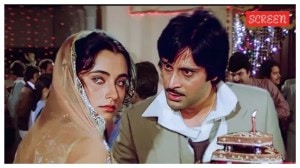To save black parrot,Seychelles kills the green ones
Black parrots,the national bird,die due to a disease green ones carry
The green parrots that live on the tropical paradise of Seychelles fly into the bamboo stalks next to Micheleine Georges 150-year-old farmhouse at dusk. The birds are small and cute. They are also marked for death.
The eradication of the Indian ring-necked parakeet is the goal so that a Seychelles national bird,the black parrot,may live,those carrying out the EU-funded project say. The black parrot could be wiped out by a disease that the Indian ring-necked parrot carries.
An animal-lover,Georges has mixed feelings about the kill mission. She says it would be a calamity if the parakeets wiped out the nations black parrots,but otherwise she enjoys watching them fly. The Indian ring-necked parakeet first appeared in the Seychelles in the 1970s,perhaps when a caged pet escaped or was set free,said Peter Haverson,a Briton with a novel job title: avian eradication specialist.
The population turned viable in the mid-1980s and by the 1990s it was recognised as a threat. In 2000,when Haverson guesses that the population was only a couple dozen strong,the island began an awareness campaign against the birds.
The green parrots could kill off the nations black parrots by introducing beak and feather disease,a fatal affliction for the black parrot. The green parrots are only found on the countrys main island,Mahe,while the black parrots on Praslin,40 km to the northeast.
The Seychelles Islands Foundation eradication project estimates there are 230 parakeets,a number that would rise to 3,000 birds in a decade if the birds are allowed to live.
The programme,which has the backing of the Seychelles Ministry of Environment and Energy,is one of several the foundation is carrying out thanks to a $960,000 grant from the EU.
Photos



- 01
- 02
- 03
- 04
- 05



























